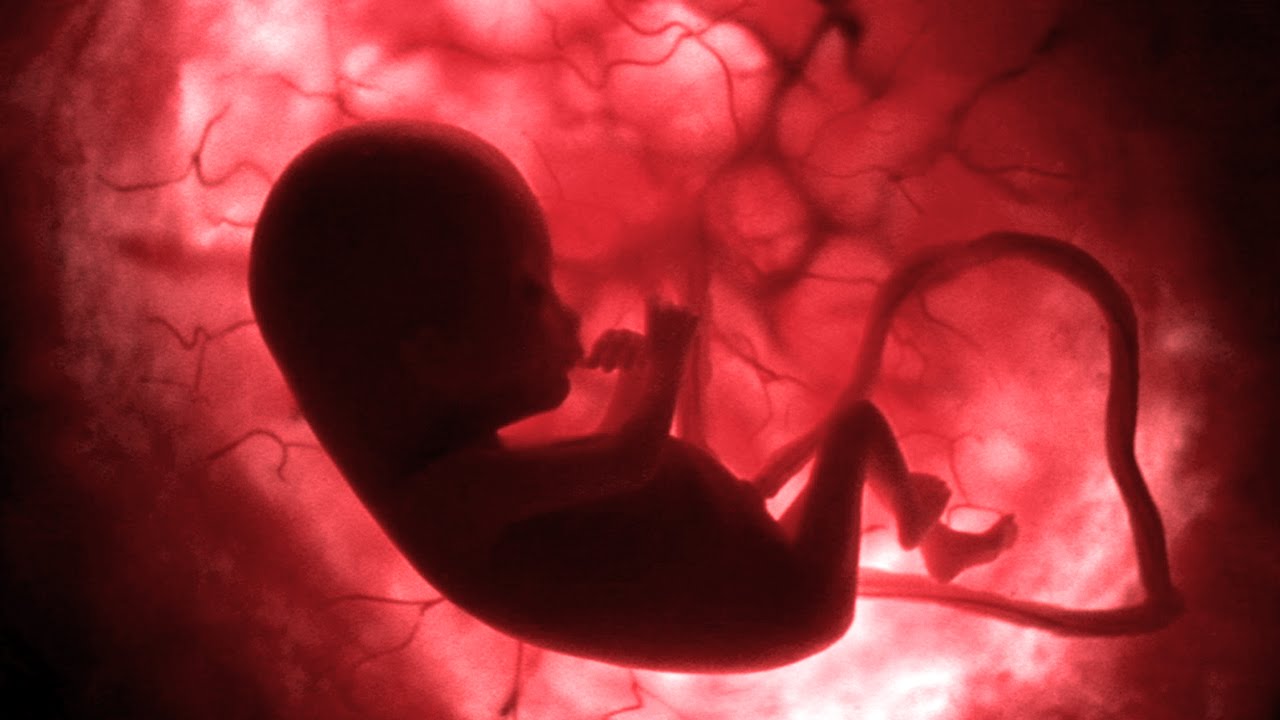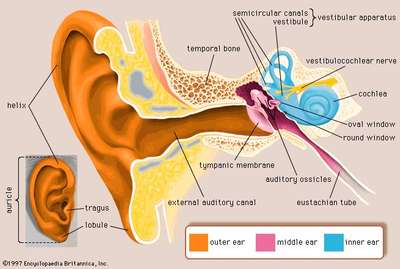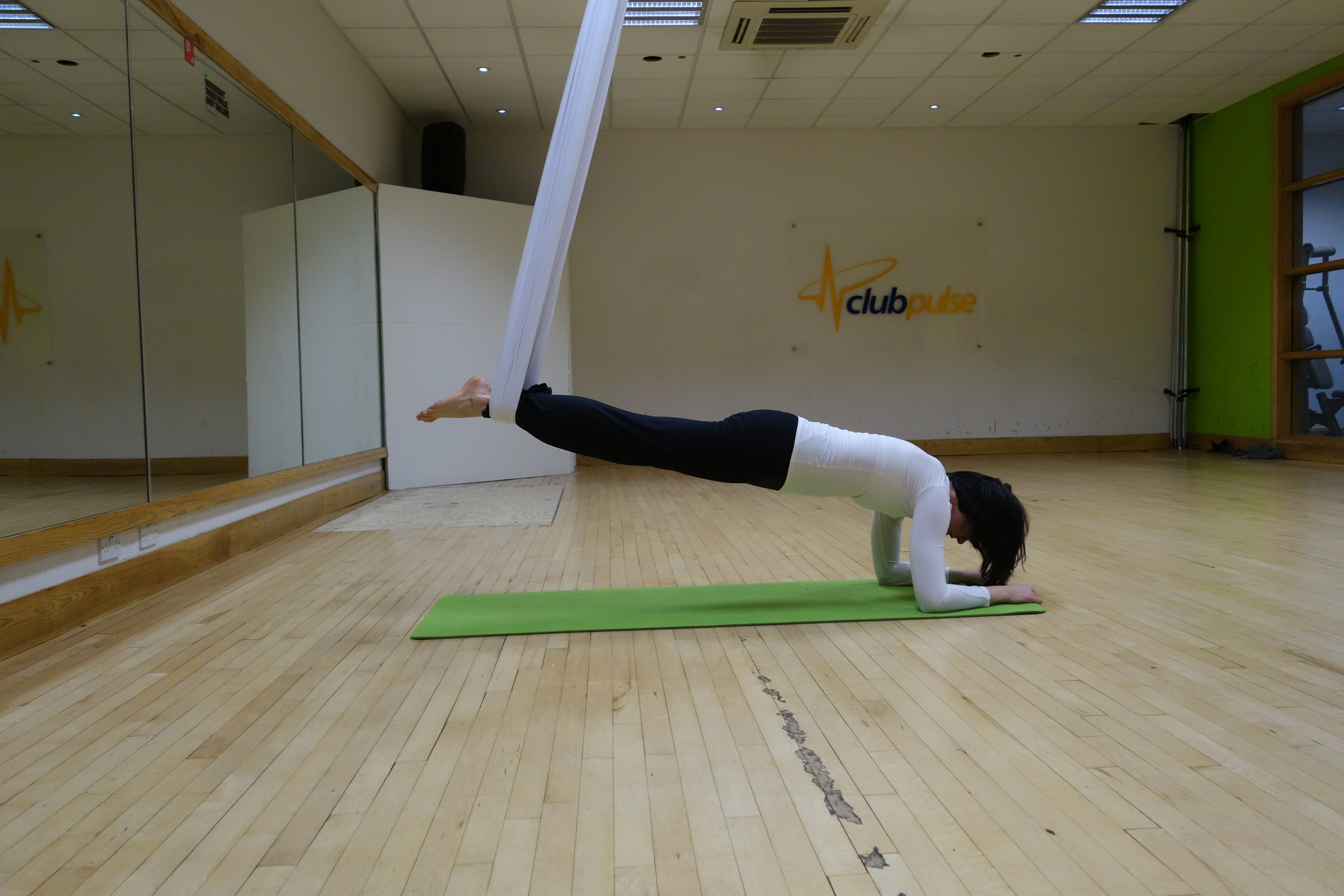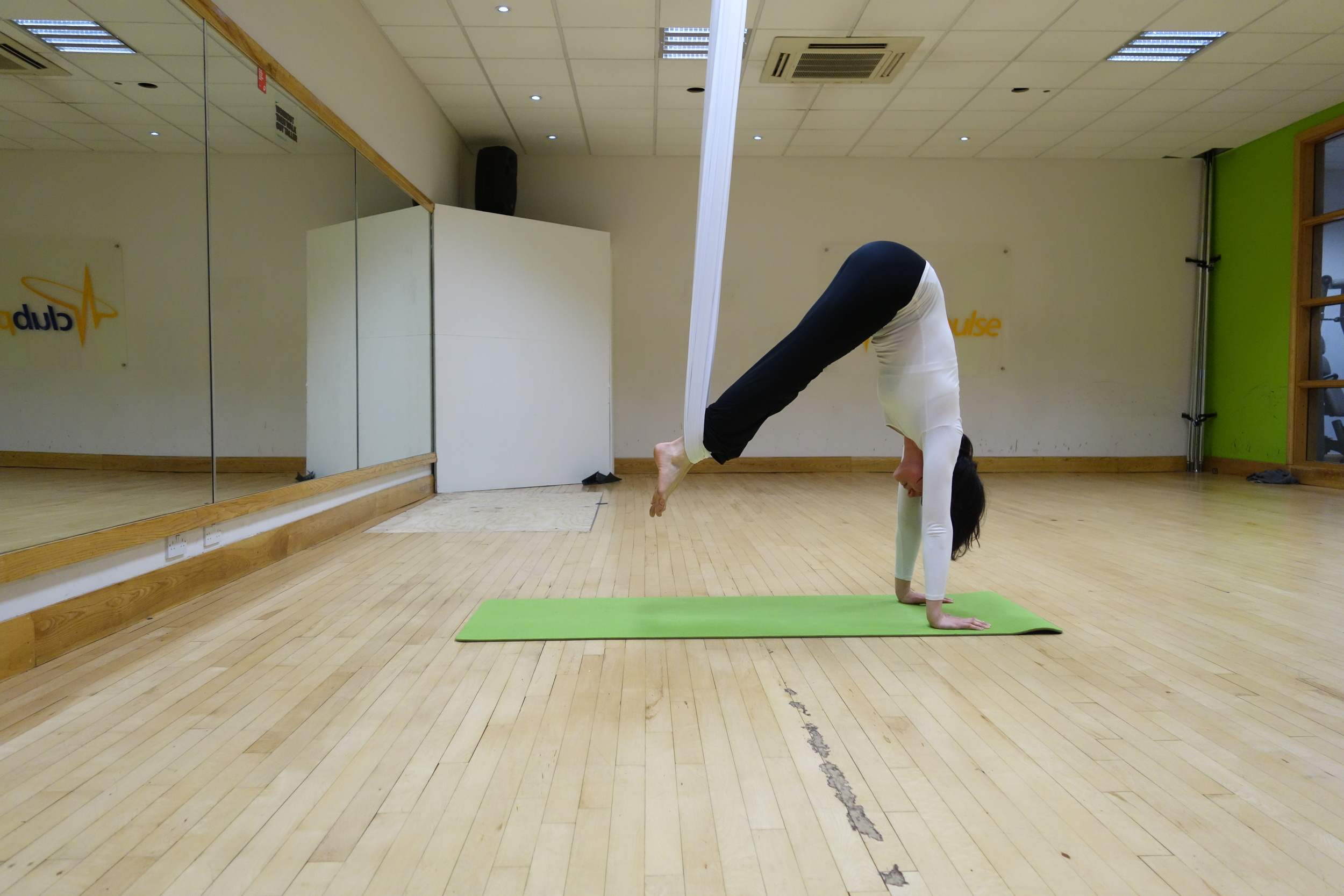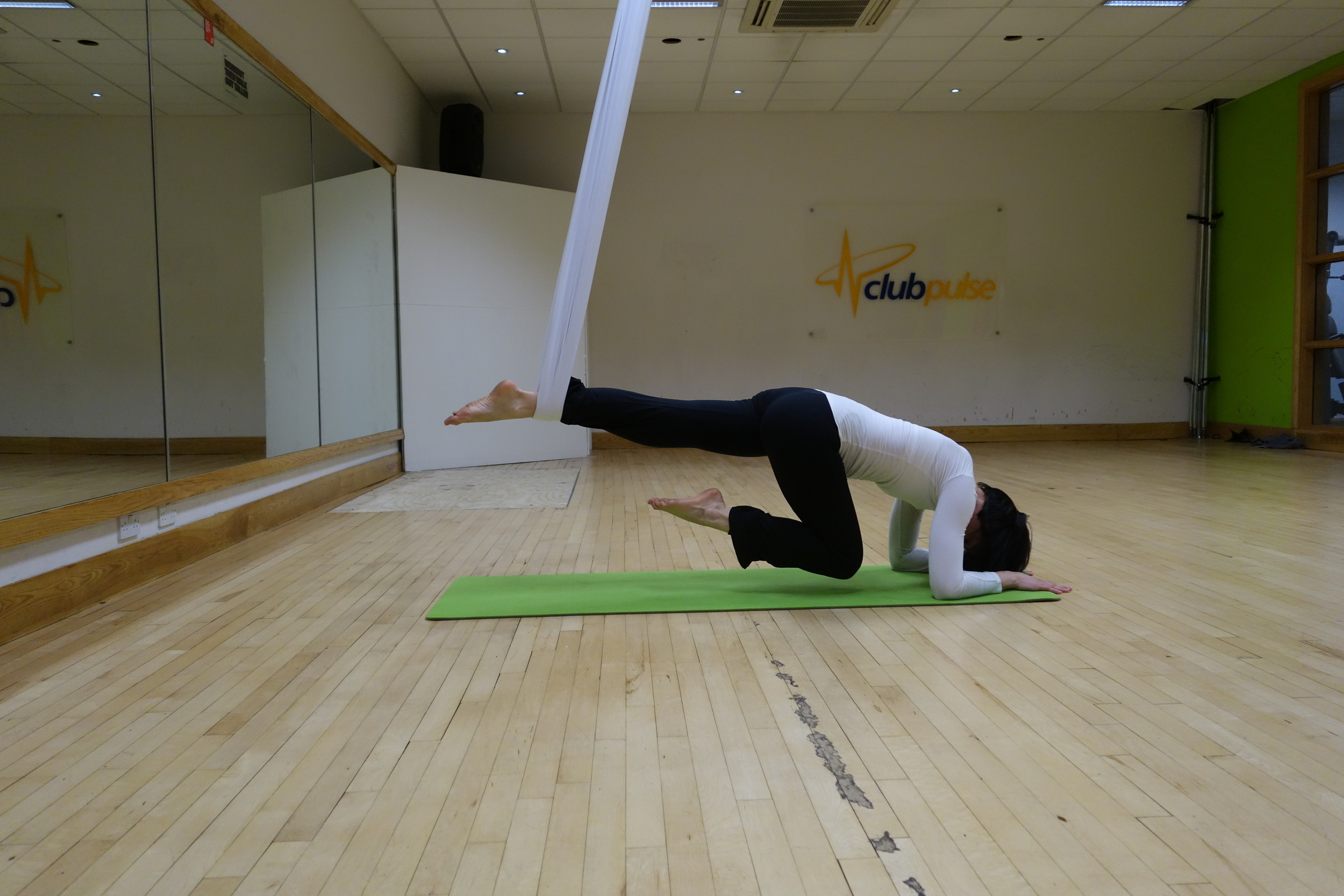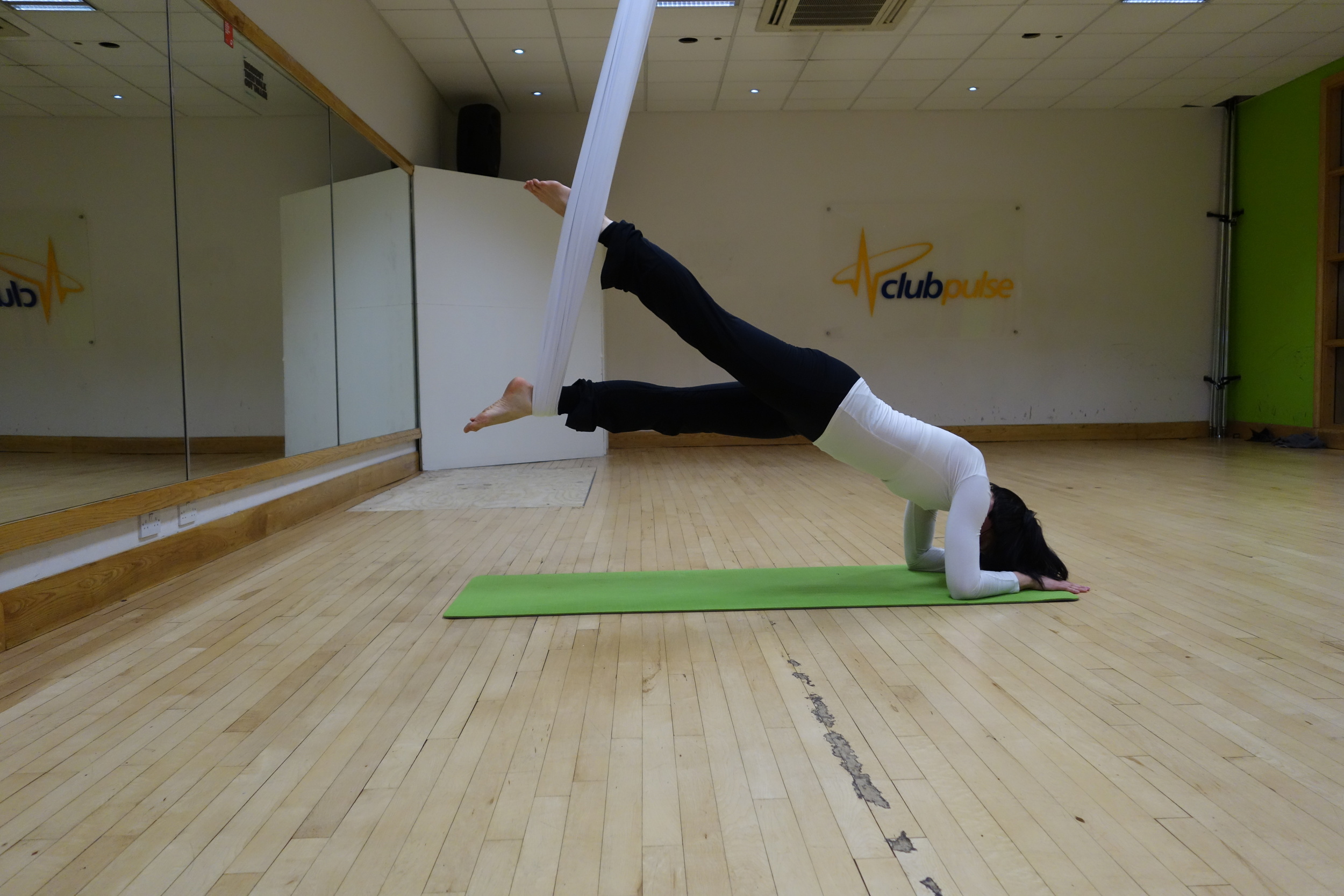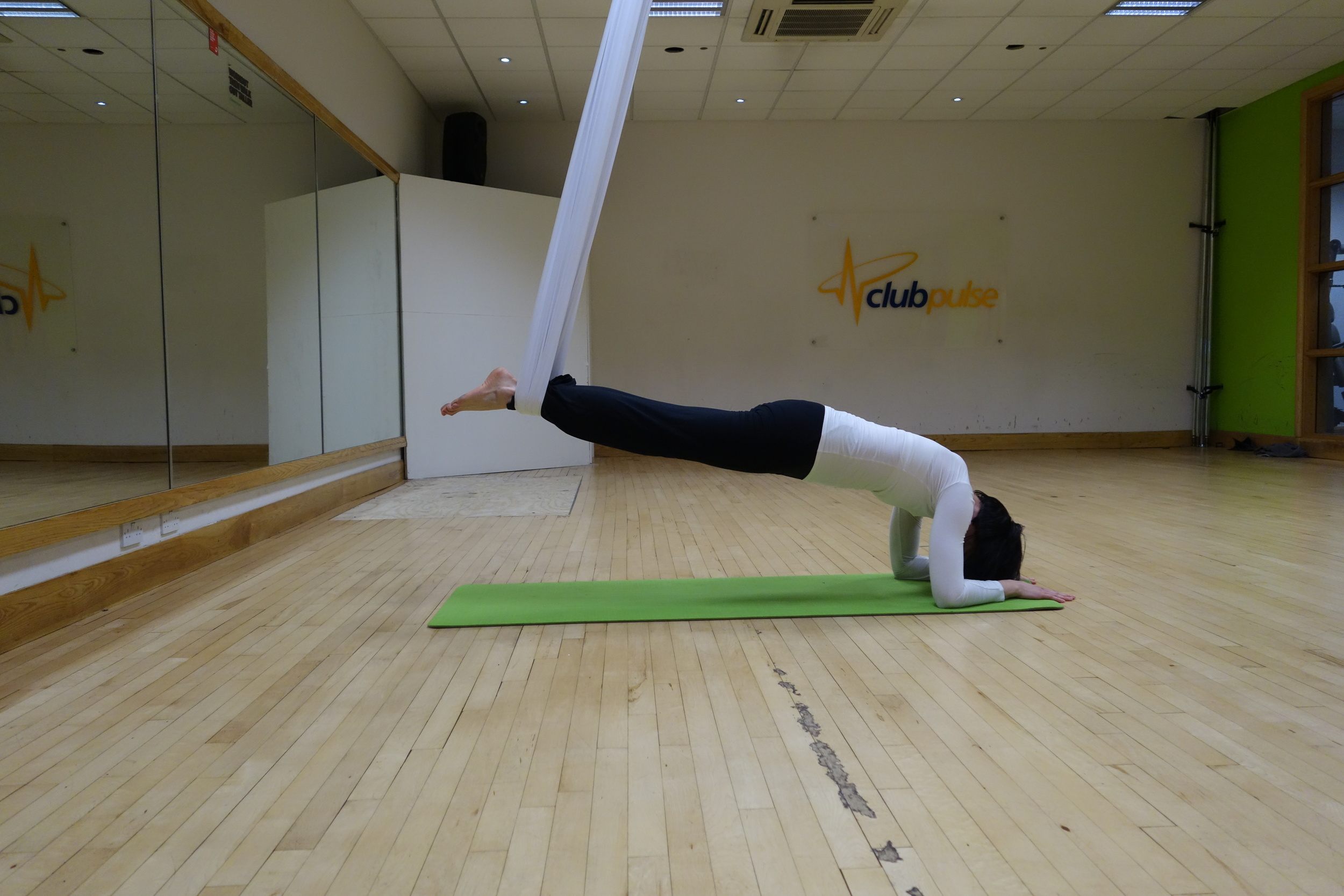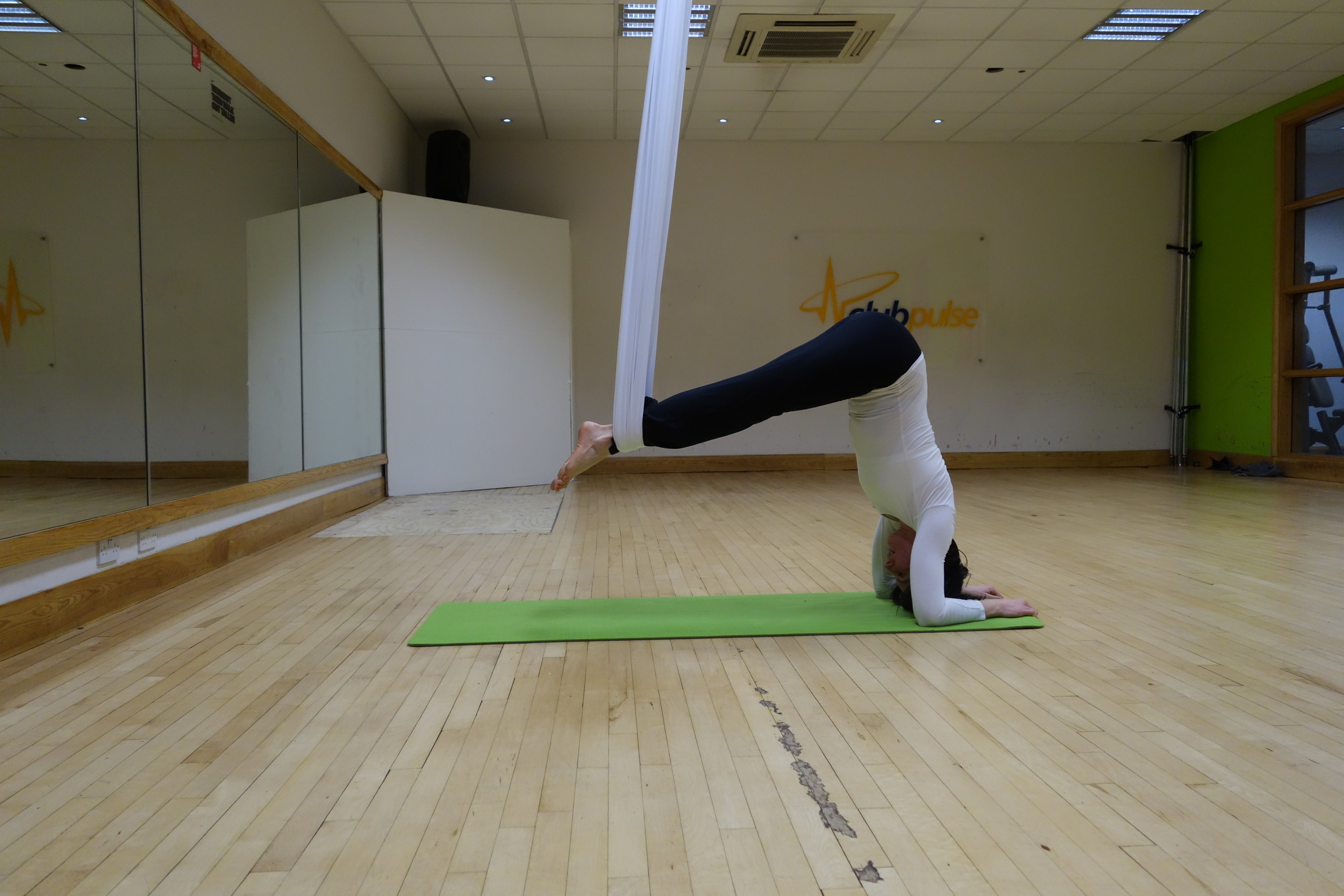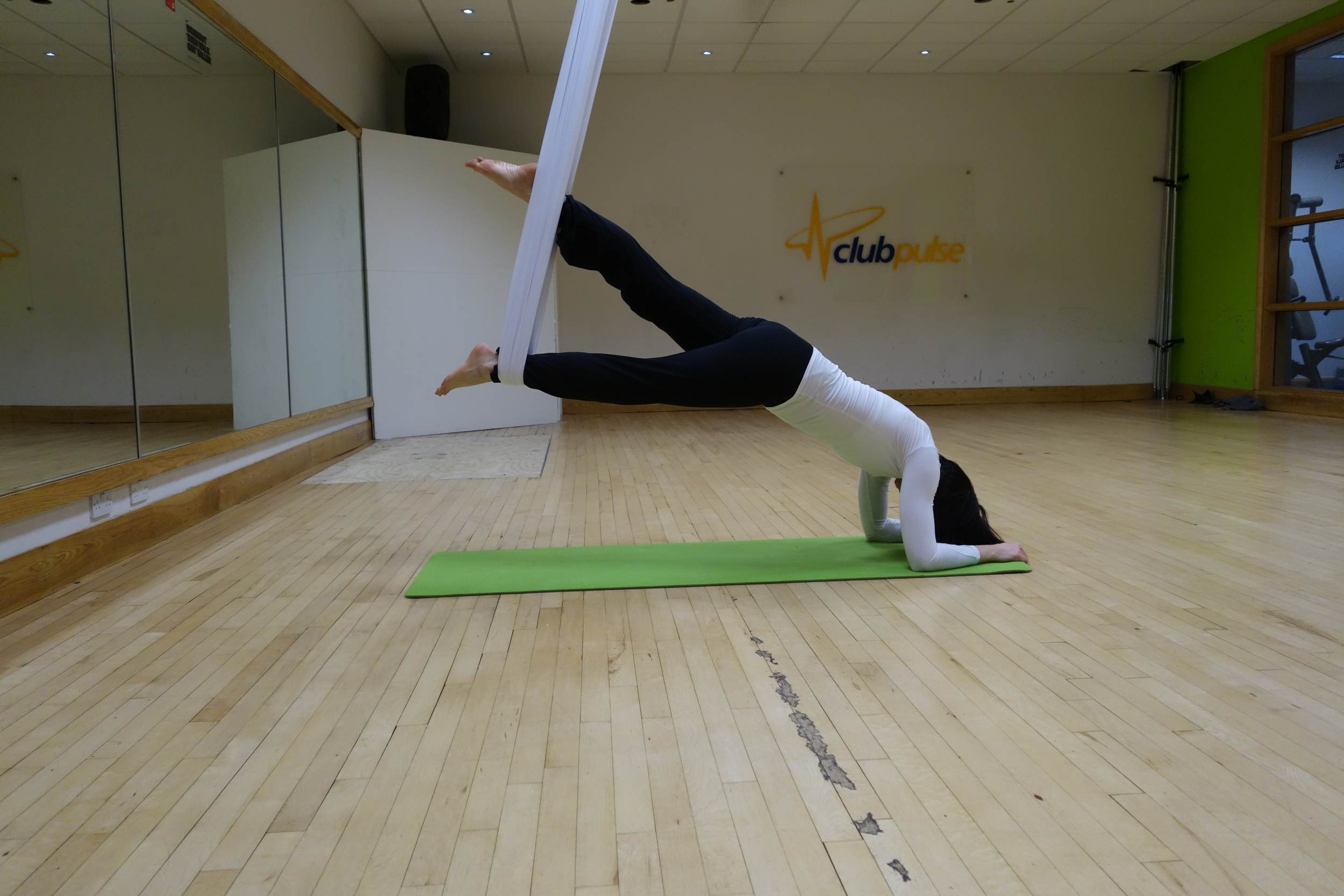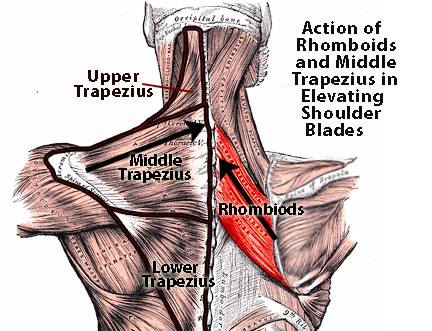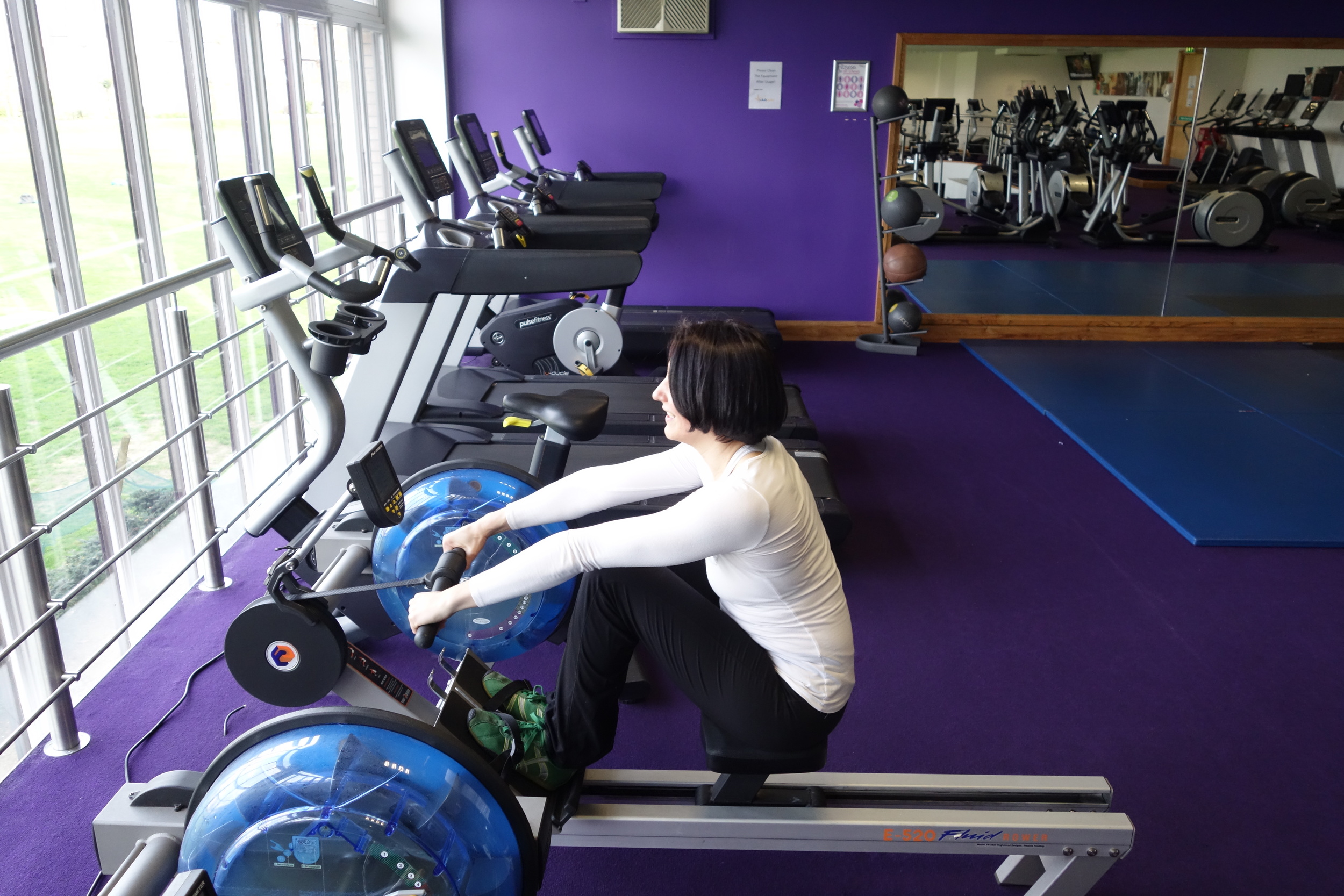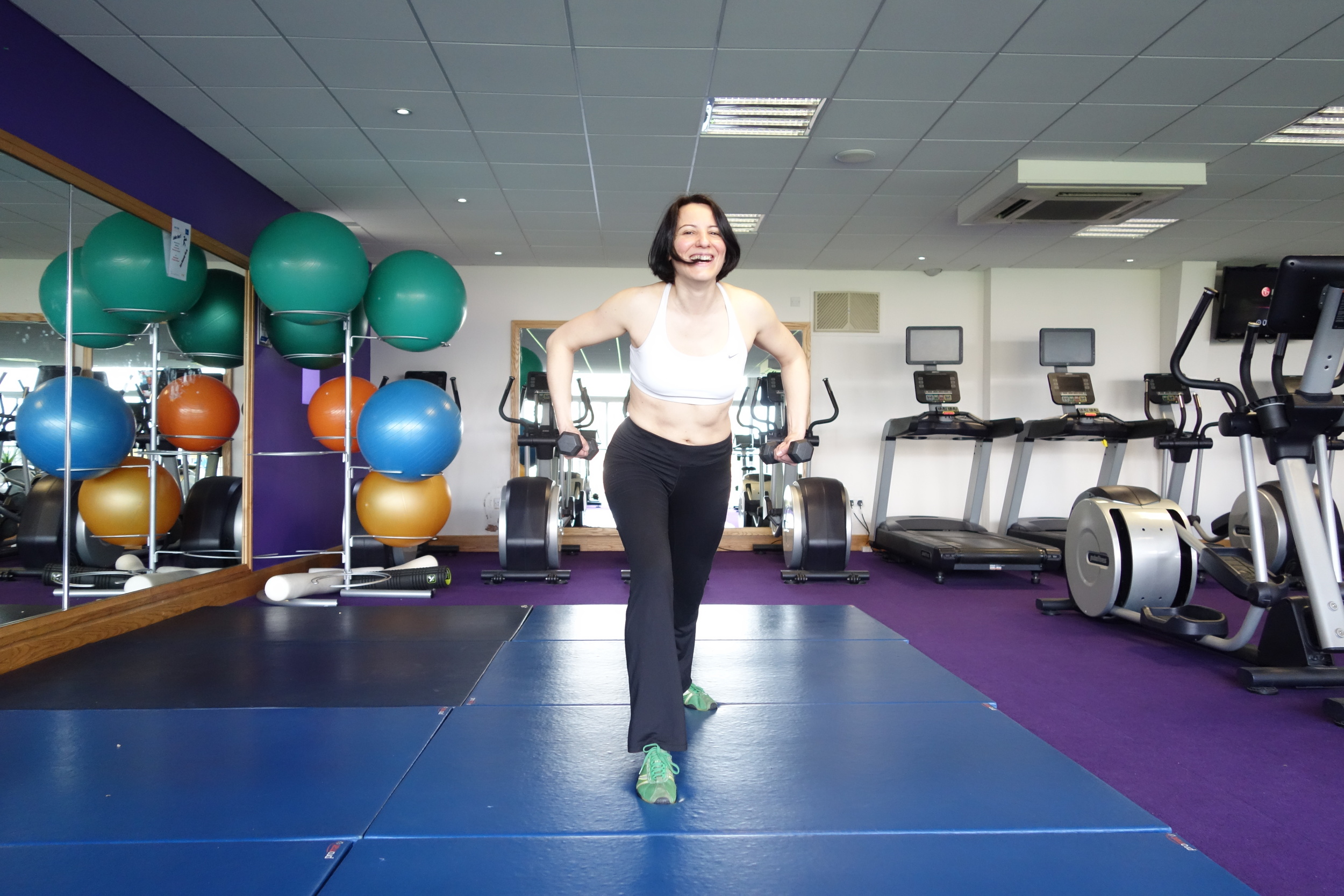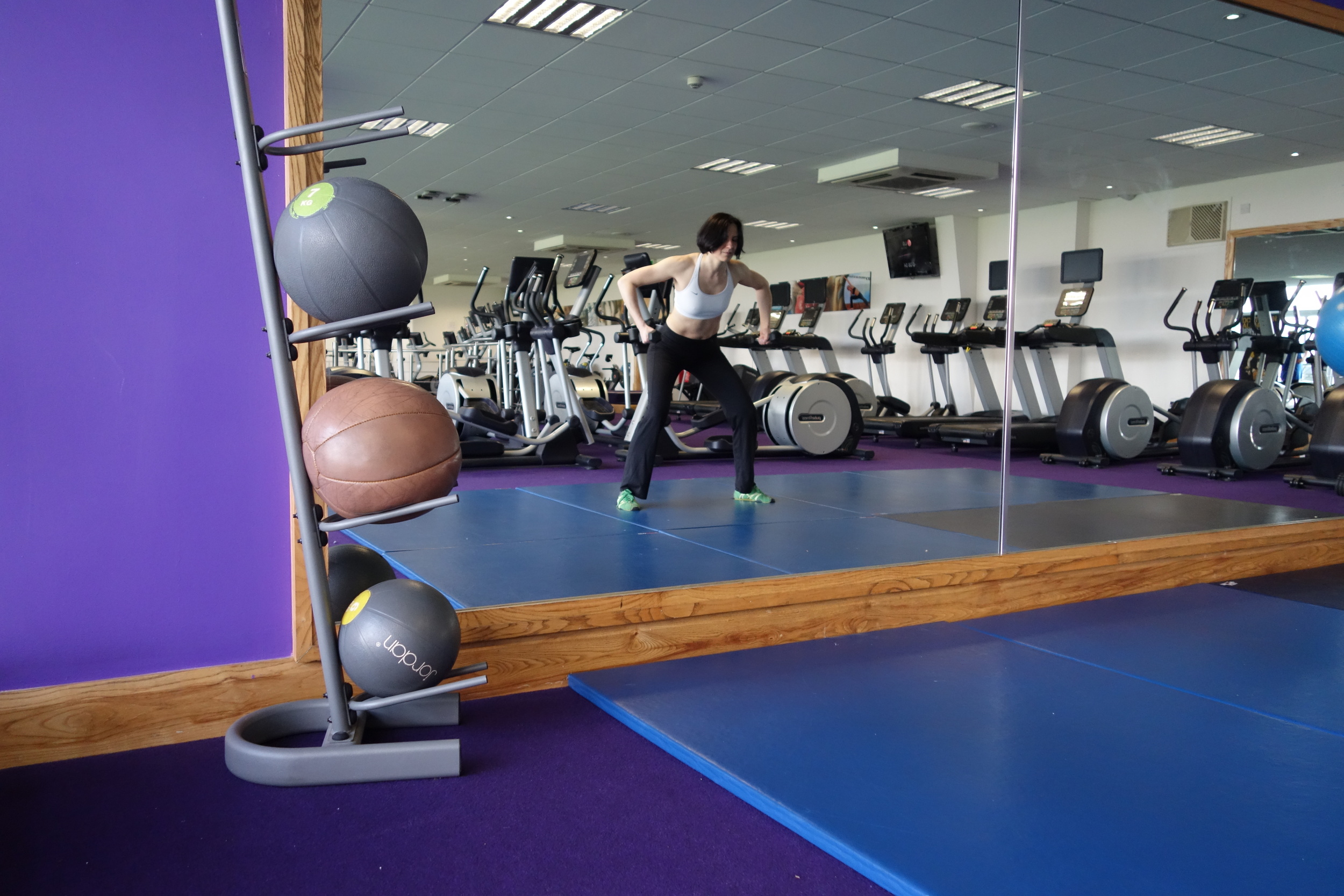Written by Dr. Veronika Rakli - Psycholinguist, Dance Movement Psychotherapist and Aerial Yoga teacher
One of the most basic of all human relationships is our relationship to the gravitational field of the earth. This relationship is far more primal than the mother-child relationship. Gravitational security is the foundation upon which we build our interpersonal relationships. If the child’s relationship to the earth is not secure, then all the relationships fail to develop optimally. Further than that, if the brain cannot receive and process sensation from movement and gravity, academic learning – reading, writing and computing - will be very difficult for the child and learning problems might occur. Then the child usually feels fearful, anxious, distressed, and helpless, strikes back and is then considered as a behaviour problem. Thus gravitational insecurity may damage every aspect of a person’s life.
It is easy to see, that gravity has an enormous impact on inorganic and organic matters on Earth. Linda Hartley, the founder of Body-Mind Centering, states gravity as second law of nature, “which irresistibly pulls everything with substance towards the centre of the earth”. Only organic world has the ability to strike against it – through a movement upward, which she calls the force of antigravity, or levity. Our ability to move upon the earth is mastered in infancy, but we meet first gravity as early as in the womb once our gravity receptors start to form.
To understand how we process gravity, first we have to know about the human’s vestibular apparatus and its relationship to the central nervous system. Sensations of gravity and movement come from our inner ears’ movement and gravity receptors through vestibular nerves to our brain stem’s vestibular nuclei. Hence we can maintain for instance upright posture and equilibrium. The cerebellum that is wrapped around the back of the brain stem also organizes gravity, movement and muscle-joint sensations to make our body move smooth and accurate. That is, our inner ears’ bony structure not only takes up the auditory information but also the information of the force of gravity (through tiny calcium carbonate crystals attached to hair like neurons) and the movement of the head (through three pairs of semi-circular canals filled with a fluid). Vestibular input seems to “prime” the entire nervous system to function effectively.
The vestibular nuclei appear nine weeks after conception and begin to function by the tenth or eleventh week. By the fifth month in utero, the vestibular system is well developed and provides sensory input to the foetal brain. Throughout most of pregnancy, the mother stimulates her foetus’s vestibular system with the movements of her body.
Gravitational security is so vital to emotional health that nature has given us a strong inner drive to explore gravity and master it. Every human being has a primal inner drive to develop a satisfactory relationship with Mother Earth and gravity. Children master this relationship by creeping, playing, climbing, jumping, and putting themselves in different body positions and body shapes. They learn what one can do, what gravity can do and at the end they come to terms with gravity.
Reading, writing and computing require that the brain process very detailed sensations and engage in precise motor and mental responses. None of these brain functions can work well if the brain cannot receive and process sensations from movement and gravity. To try to teach a gravitationally insecure child will be a misery for the child, a failure for the teacher. Even the most loving mother cannot reach her child if he did not master gravity-body relationship. Schoolmates will notice his fear and will find him hard to get along with. They may blame or punish him not able to be part of playground activities and this child can end up in exclusion of friendship. To avoid or reduce distress, he will try to manipulate his environment and other people. He will learn ways to control adults and keep them away. Teachers will force the child being manipulative, hence the child will suffer even more. They can easily become neurotic or emotionally ill. Unfortunately psychotherapist may treat the anxiety and not the underlying problem, the neurologic discrepancy. Only a dance movement (psycho)therapist or a sensory integration therapist will be able to deal with the primal problem, not a verbal (talking) psychotherapist.
In Aerial Yoga for Kids classes we offer a space for children to learn about gravity, get to know their relationship towards Mother Earth, and how to relate to their own and groupmates’ body in the room, as well as developing spatial awareness. In academic words, we offer input to the vestibular (equilibrium) sense of children, which is the base of academic learning and emotional and social wellbeing.
With no claim of being exhaustive, let me describe some of the activities what we do in Aerial Yoga Kids classes. I also teach shapes (asanas by yoga terminology) as in a simple kids yoga class a teacher would do, including breathing techniques, although this is not the main focus of our syllabus. We also spin, sway and hang upside down in a mid-air hanging hammock.
Swinging is usually pleasurable, as the forward and backward motion nourishes the vestibular system. Slow swinging promotes calming, and faster swinging increases alertness. Back and forth motion stirs up the language centres of the brain, the child’s speech and language output may increase after teetering and tottering for a few minutes. Swings reduce anxiety and emotional upset.
Spinning activates the semi-circular canals more than any other stimulus. These needs to be trained, if we wish a child develop tolerance to vast variety of movement. There is not a great deal of spinning in school or in life, where this activity could be mastered. I think this adds towards the fact, that this is one of the most beloved play by children in hammocks.
Hanging upside-down, holding the head in inversion provides the greatest stimulation to the gravity receptors. Learning upside down (Monkey) position is an enormous success, a self-esteem booster for those children they have fear experiencing changes in head position.
Without a great deal of full body play that includes these activities, a child does not get the kind of sensory input that is necessary to develop the brain as a whole. In addition, he will not have the experiences of mastery necessary for normal personality development.
To see children having fun in aerial hammocks means they are making effort toward sensory integration, enhance their academic capacity and work towards emotional wellbeing. This is why children like to spin, swing, climb, hang upside-down in aerial yoga class.


